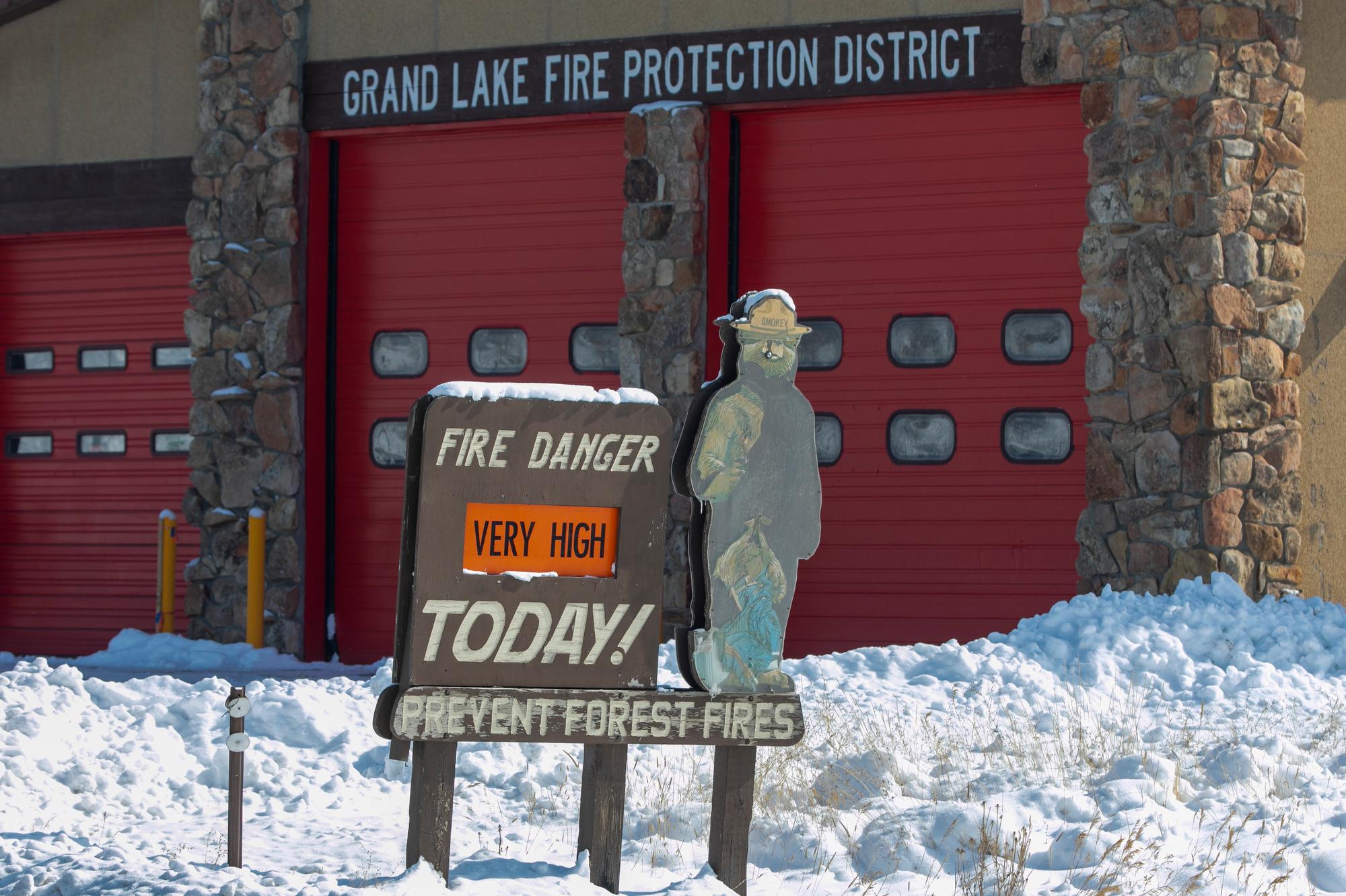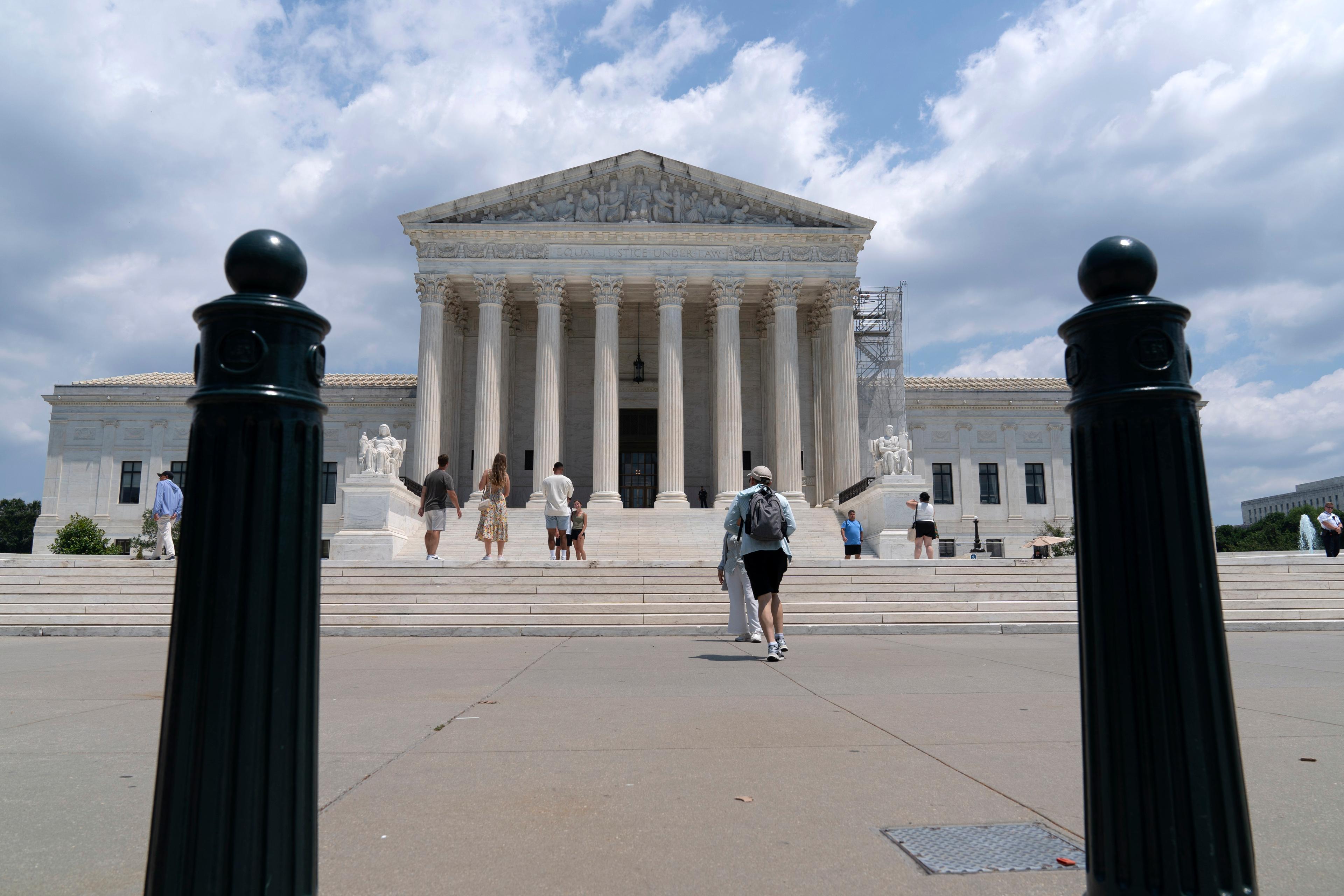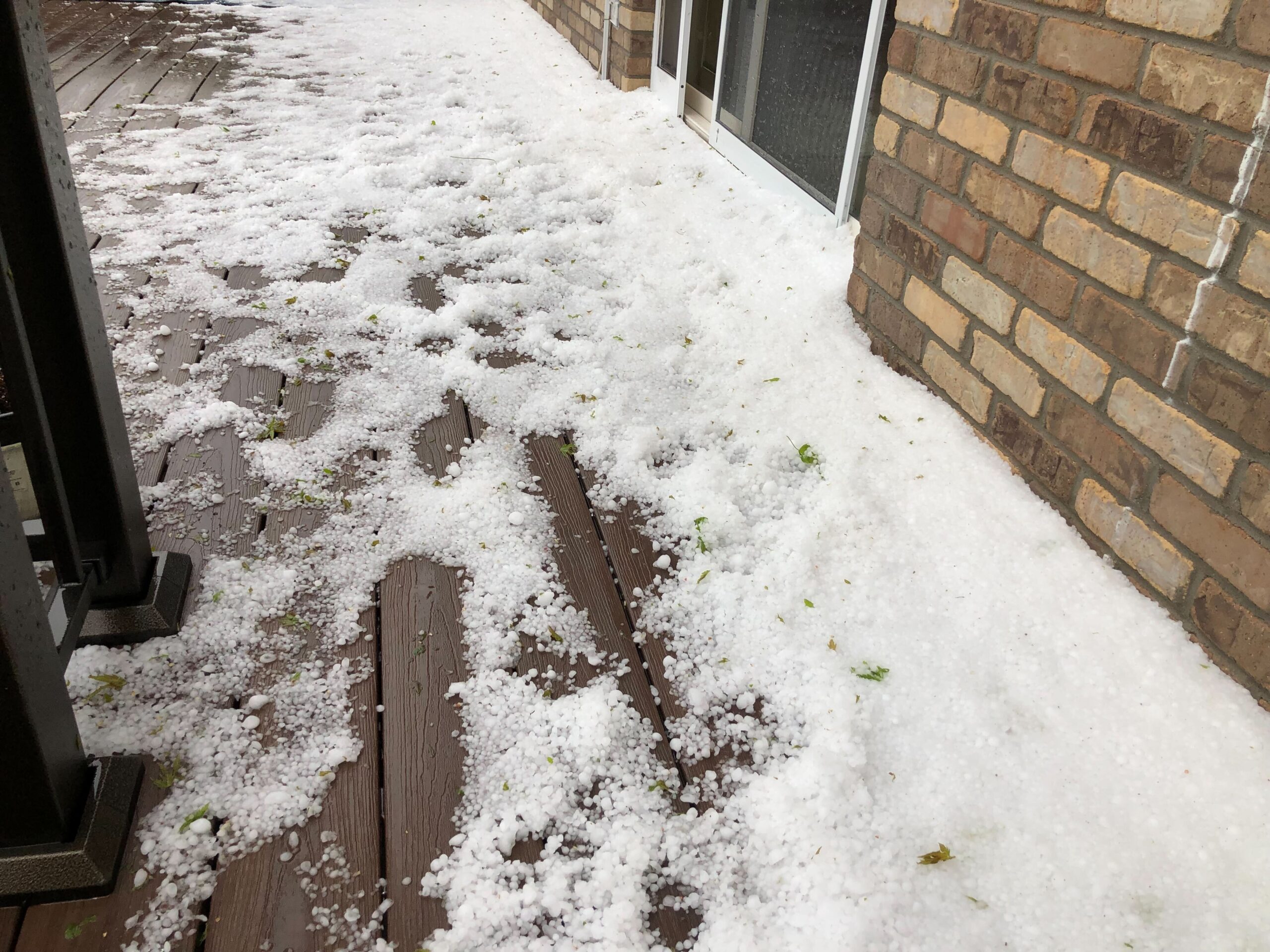
More than a month after the East Troublesome fire started near Kremmling, Colo., and grew to become the second-largest fire in recorded state history, the fire is now 100 percent contained, fire managers said Monday.
Hotspots still exist within the containment zone despite weeks of snow and cool weather, but the blaze no longer appears capable of spreading according to federal authorities managing the disaster.
The East Troublesome fire stands as Colorado’s second-largest fire, and one of its most destructive. Much of the damage occurred during a day of unprecedented fire growth.
Between Oct. 21 and Oct. 22, the blaze exploded by more than 150,000 acres with the help of hurricane-speed winds, burning through neighborhoods and rocketing across the Continental Divide in Rocky Mountain National Park.
More than 35,000 people were placed under evacuation orders due to the fire, which officials said destroyed or damaged 366 homes and 214 secondary structures. One couple died in the blaze after refusing to heed evacuation orders, the authorities said.
The fire also occurred at the tail end of Colorado’s traditional fire season. While the state often sees small fires in October, they rarely expand beyond a few hundred acres. In 2020, both the Cameron Peak fire and the East Troublesome fire saw remarkable growth at a time when most Colorado firefighters are usually wrapping up for the year.
Jennifer Balch, director of the Earth Lab at University of Colorado Boulder, said a combination of high heat and dry weather created the conditions for both fires. She added the pattern is likely to become more common as climate change intensifies.
“We've got a longer fire season and we've got a hotter fire season now compared to just a few decades ago,” Balch said.
Brad White, the chief of the Grand Fire Protection District in Grand County, said communities affected by the East Troublesome fire have a long recovery ahead. While the fire avoided the populated centers of Granby and Grand Lake, it did burn through a number of subdivisions.
“Hopefully as we get into the spring, it’s full-swing back into the reconstruction and mitigation work we need to do for the flooding and landslide concerns,” he said.
White said some residents have filed insurance claims to rebuild their homes, while others have opted to leave Grand County.









